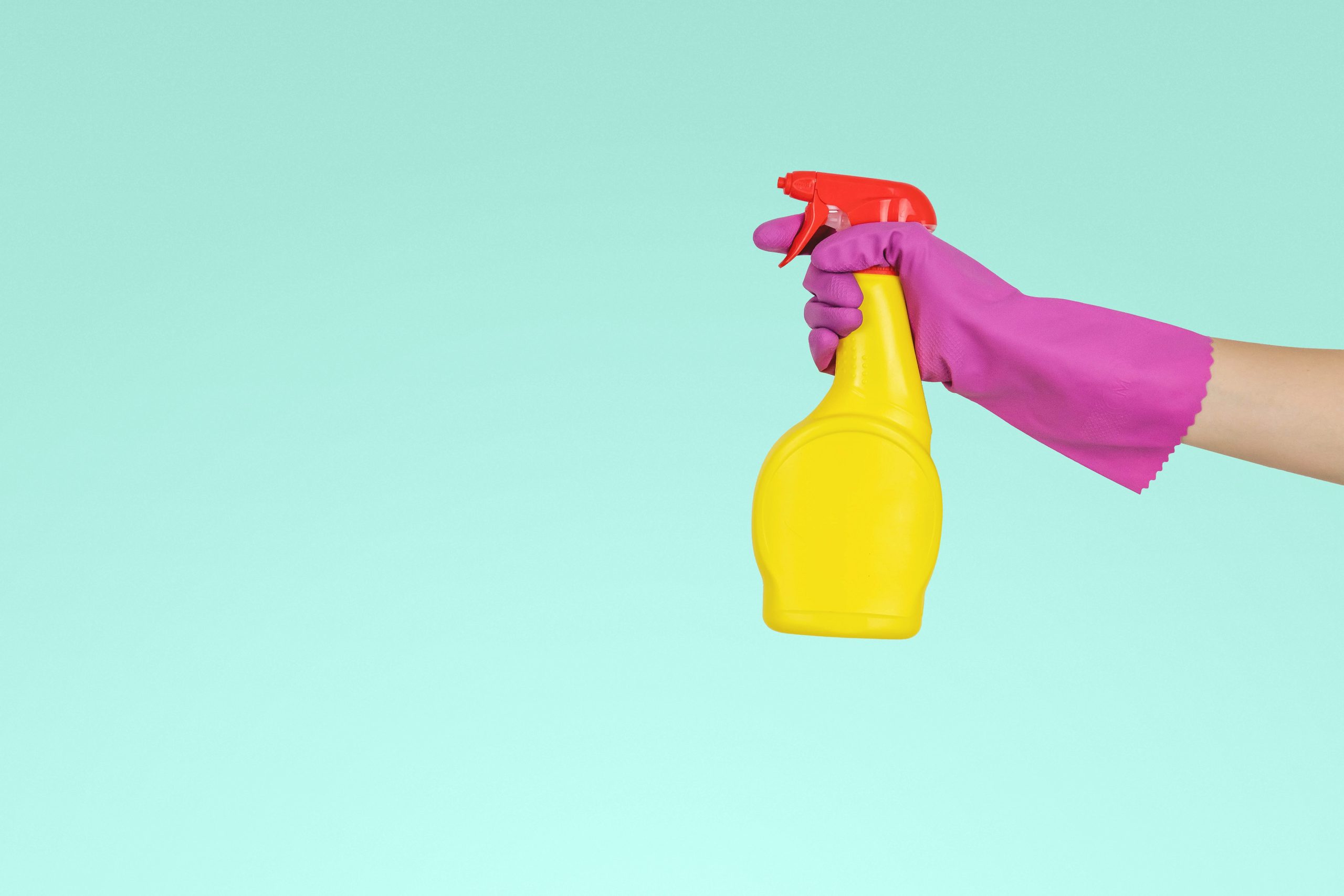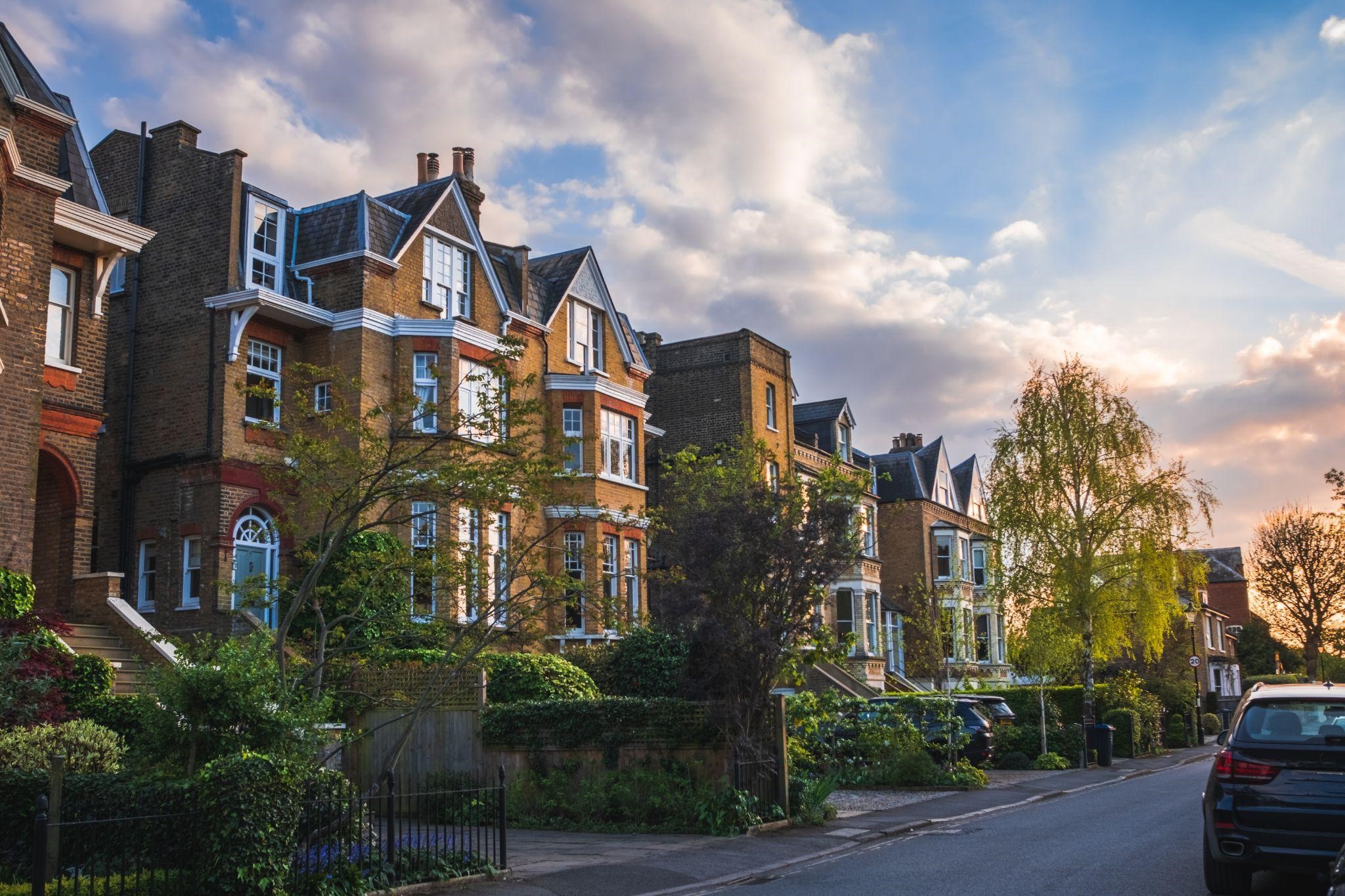Mould is a common occurrence in households with poor insulation or ventilation. Humid and moist weather provides the perfect climate, and the permanent presence of mould spores makes it very hard to remove entirely. However, not many realise that mould can appear in various colours.
ICE Cleaning mould specialists are expert cleaners that can identify the source of mould or damp on your property. Their professional advice ensures that you understand the cause of it and how to prevent its return.
What types of indoor mould are there?
There is a big difference between the type of mould that grows inside your home and the type that we know to be present in medicines. There are twelve common strains of mould that you may find in your household, which can only be identified with a swab test to narrow down the strain:
- Aspergillus
- Penicillin
- Alternaria
- Trichoderma
- Cladosporium
- Ulocladium
- Mucor
- Chaetomium
- Stachybotrys
- Aureobasidium
- Fusarium
- Acremonium
Stachybotrys is the most well-known mould, referred to as black mould, which manifests as a dark green or black, slimy surface mould. However, mould can grow in different colours depending on the environmental factors and the organics it feeds on.
What textures and colours can mould appear in?
Before mould fully develops, it starts as mildew — a white and powdery fungus that is sometimes mistaken for dust. However, when mould fully flourishes, it grows in various colours. Although brighter colours and odd textures are uncommon, it is still possible.
Types of textures
- Powdery
- Velvety
- Fluffy
- Smooth
- Slimy
Types of colours
- White
- Grey
- Pink
- Orange
- Red
- Blue
- Green
- Dark green
- Brown
- Black
The type of colour does not indicate how harmful the mould may be, as every common mould type changes into different colours and strains over time. Because mould is a fungus, it spreads quickly without intervention, requiring specialist cleaning methods.
What to do when mould is growing in your home
If you spot mould growing in your home, it is integral that you act quickly so that the strain of mould can be identified and removed. You must not try to remove the mould yourself with DIY solutions like vinegar, baking soda, or bleach. Using these could be harmful to yourself and the surface.
Scrubbing the mould may aggravate it, causing it to release airborne mould spores that will find somewhere new to grow and continue to spread. Instead, you can prevent further growth by:
- Installing extractor fans in the kitchen and bathroom
- Wiping down condensation on windows
- Dry your clothes outside
- Open doors and windows regularly to circulate the air
- Reduce damp and identify any water leaks
- Wipe down surfaces after a shower or bath
- Close bathroom and kitchen doors during use
If you believe mould is growing in your home, contact a professional cleaning company immediately. ICE Cleaning is a specialist company that offers mould removal services. Its technicians are skilled in remediating mould and providing you with a bespoke plan of action.







